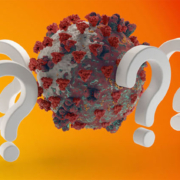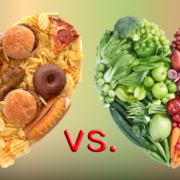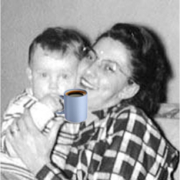Science at Work
The challenge this week was to watch two video podcasts, think about what you heard, and then provide comments and questions. For those of you who did it, thank you. For those that didn’t, I recommend that you take some time this weekend and listen to them. I’m going to share my thoughts but there’s so much information, I’ll hit only the highlights. Suffice it to say, based on the questions, there are many subjects that will need to be explained. That will take months to research and present in Memos and Insider conference calls in a way that’s understandable.
The point of the interviews with Dr. Jay Lombard was to find out the relationship between the microbiome and pathogenic bacteria and neurodegenerative disorders (NDD). That includes everything from Alzheimer’s disease to depression to Parkinson’s disease. Here are the three things that stood out to me out of the many concepts presented.
Three Things I Learned
Leaky Brain Theory
The prevailing thought is that the blood-brain barrier prevents almost everything from entering the brain via a series of tightly packed blood vessels and cells. Nutrients are let through along with some medications, but bacteria are thought to be barred.
But evidently the toxins of some pathogenic bacteria are able to cross this barrier and affect the production of the proteome, an organism’s complete set of proteins. Remember the tau mice from last week’s Memos? The bacterial toxins impact the way the tau and other proteins are folded, which renders them unusable, thus resulting in misshapen structures that can contribute to NDD depending on which proteins are affected.
Antibiotic-induced Reduction in Fevers
In the treatment of patients with NDD, one characteristic that most seemed to share is the inability to get significant fevers with infections. The cause appears to be chronic use of antibiotics over a lifetime which somehow reduces the ability of the immune system to create high fevers. The rise in temperature is a natural part of the immune system when dealing with infections; without it, the immune system will not be as effective at combating viruses or bacteria.
Heat-Shock Proteins
Think of heat-shock proteins as the “cleaners” of the body. One of their functions is to collect the misshapen proteins and take them to the organelles inside a cell; that’s where they’re taken apart and the amino acids reused. If you can’t generate a fever that’s high enough, they can’t do that job as well.
There were several other items on my list, but those were the most profound. The first question in your mind is most likely “What can I do about these?”
How Science Works
The reason I chose to focus on Dr. Lombard with the purpose of showing how science works was two-fold. First, he asked good questions. Many physicians would think “How can I fix this?” and stop there. What Lombard and Hyman asked was “What caused this?” or “How did this happen?” You find that out only by asking the right questions of patients.
The second is that Lombard went to the current research to find out if there were any answers, and he discovered where he might have been incorrect because someone had tested it. Remember that in the first interview he was sure that the bacteria C diff was related to ALS; two years later he found that there was more than a single pathogen that could be related to ALS and other NDDs. He learned and adapted his hypothesis: that’s how science is supposed to work. Instead of spending time heading in the wrong direction, science guides the research he’s currently doing so that eventually he may discover effective treatments for these neurological conditions.
The Bottom Line
If you haven’t watched the video podcasts, I urge you to do that; you’ll learn much more than by reading my review. More than that, you’ll have more questions. One of the things both Drs. Lombard and Hyman agreed on is that “we know close to nothing.” I agree wholeheartedly. When you begin by asking the right questions, you have a chance of finding out the answers. Another point they agree on is that there’s no single cause of any NDD. There are multiple factors that contribute; finding out what they are may help develop effective treatments by focusing on a potential cause.
For those of you who want answers, whether about what I’ve written or about the many other things covered in the podcasts, I’ll write more as time goes on to satisfy that “What should I do now?” question. Obviously, you’ll want to keep your microbiome as healthy as possible (a search for the term microbiome on drchet.com will point you in the right direction); beyond that I have questions I need answers to before I can provide more answers for you. I’m on it and when I know, so will you.
What are you prepared to do today?

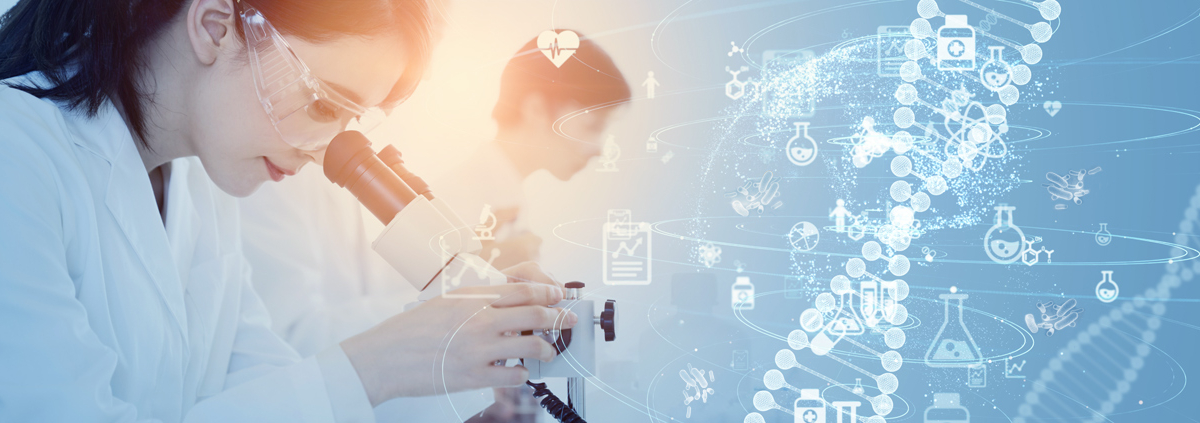
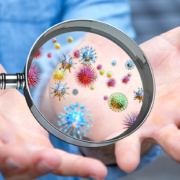
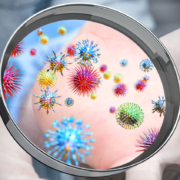 SkinMicrobiome
SkinMicrobiome